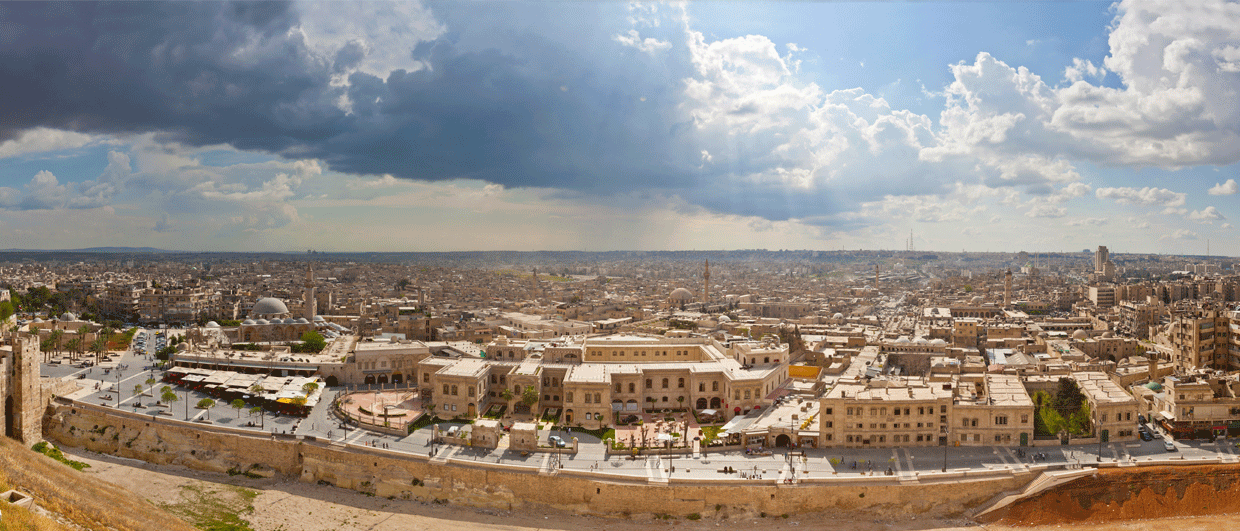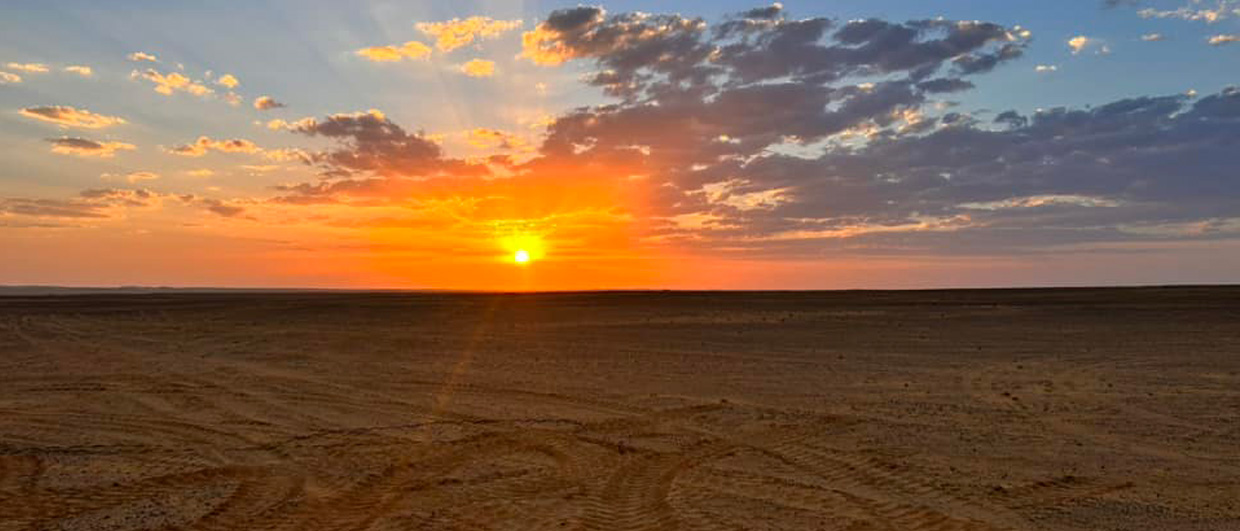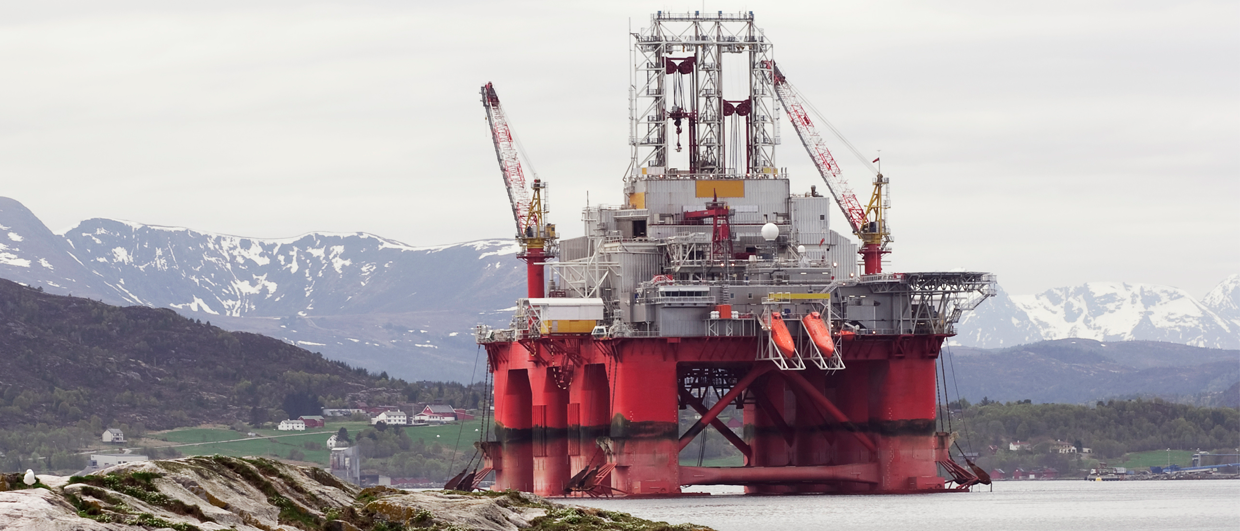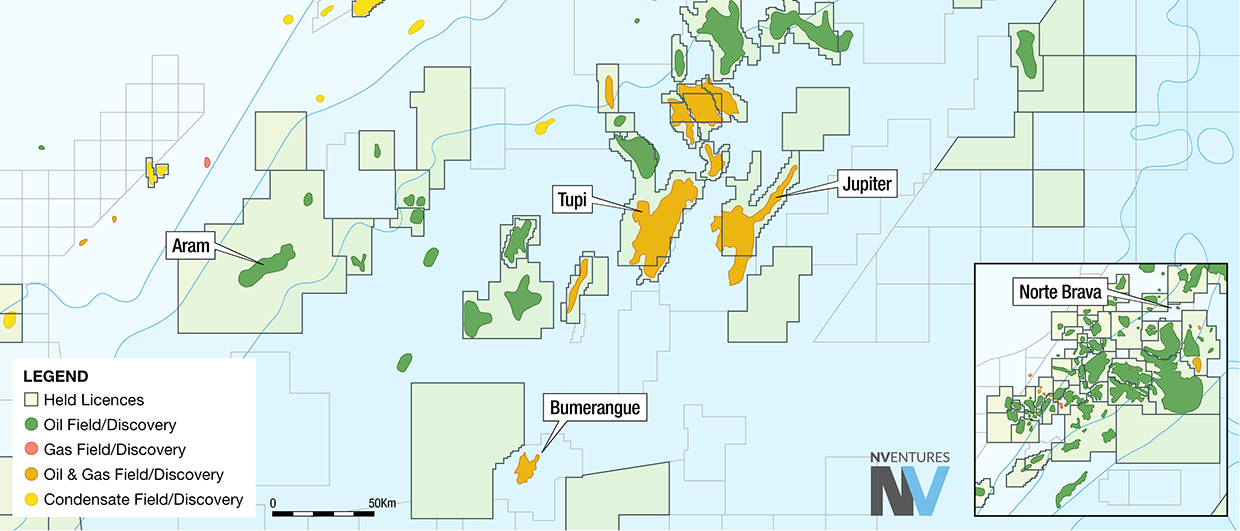In May 2025, the US Treasury eased most sanctions on Syria, followed by the easing of restrictions by the UK and EU. While significant hurdles still remain, oil and gas companies are gearing up to renegotiate contracts and restart operations. The oil and gas history was very much the lifeblood of the economy of the country, with production reported to be in the region of 385,000 boepd in 2010.
Production dropped below 35,000 boepd following the civil unrest in 2014 and is now reported to be approximately 110,000 boepd, mainly from the northeastern region of the country currently under the control of the Syrian Democratic Forces (SDF), a US-backed, Kurdish-led military alliance.
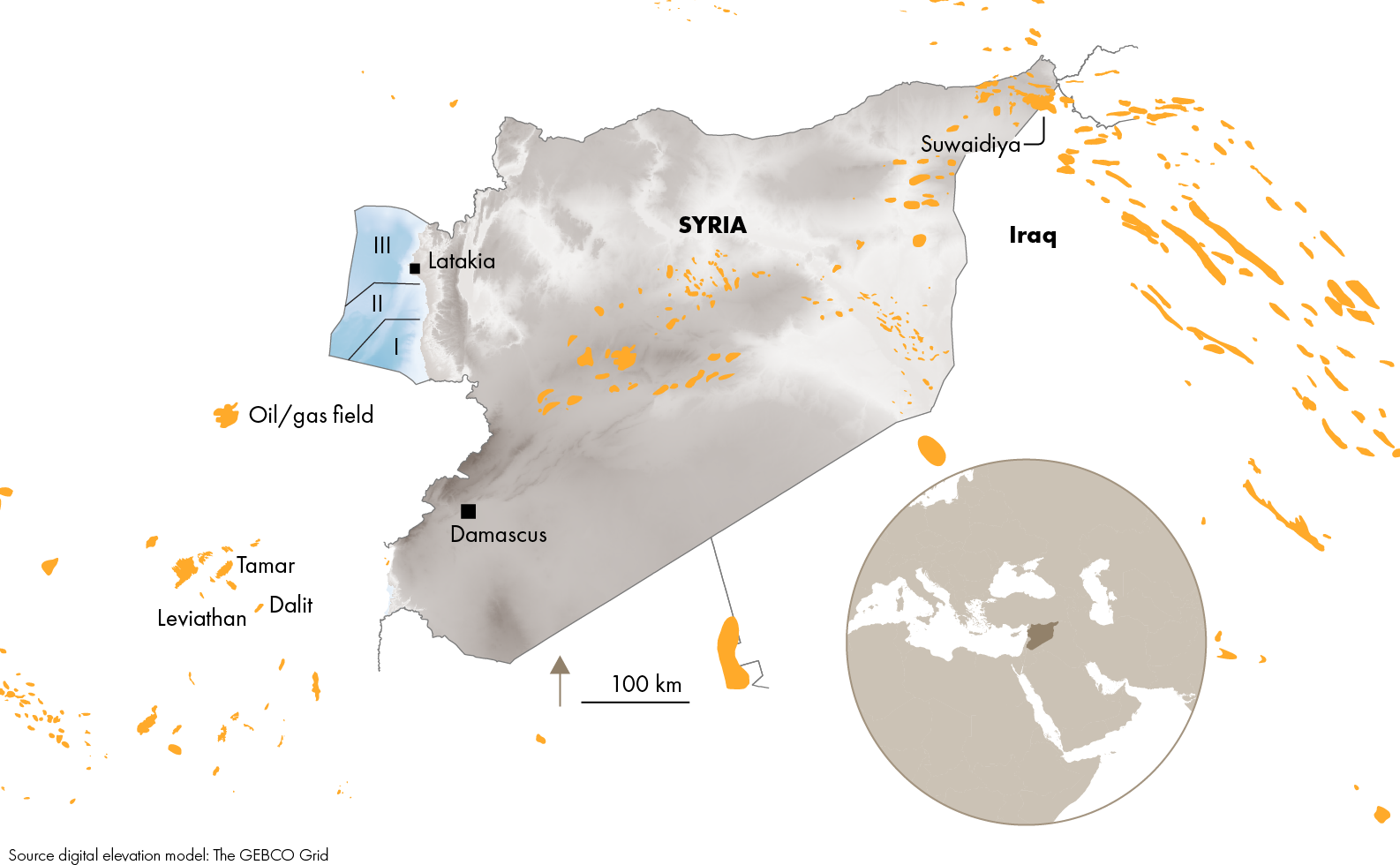
Exploration began in the 1930’s in the eastern part of the country following the encouragement of oil fields discovered in neighbouring Iraq. Syria became an oil producer in the early 1960s with Deutsche Erdol AG’s (DEA) discovery of the Suwaidiya field before losing the asset to nationalisation in 1964. Activities increased in the 1970’s with companies such as Shell’s subsidiary Pecten, Deminex, Chevron, Pennzoil, Rompetrol and Marathon holding licences. Historically, Syria’s main production was from the central, eastern and northeast parts of the country.
Among the companies that have declared force majeure or slowed down operations since 2011 include Shell, TotalEnergies, ONGC Videsh, Suncor, INA, IPR, Septima Energy, Maurel & Prom, and Gulfsands, plus the Chinese representation of Sinopec, Sinochem and China National Petroleum Corporation (CNPC).
Previously, the Syrian Ministry of Oil and Mineral Resources (MOMR) and the General Petroleum Corporation (GPC), with technical support from CGGVeritas and the availability of 2D multi-client seismic, opened an offshore bid round in March 2011 comprising Blocks I, II and III. The offshore with its three main basins is under-explored and likely to be gas prone with similar geology to the other Eastern Mediterranean gas provinces, such as the southern Levantine Basin, with major discoveries at Tamar, Dalit and Leviathan in Miocene sediments. The round, which had a bid deadline in October 2011 was not concluded. As a result, no wells have been drilled offshore Syria, with the nearest drilling reported near the city of Latakia.
Ahead of the industry reopening in Syria, clarity is needed concerning the ownership of a number of fields and exploration acreage in the country particularly those that were acquired by Russian firms during the unrest, and the status of contracts. A somewhat low hanging fruit to kickstart the industry could be to a launch a bid round for the offshore.

